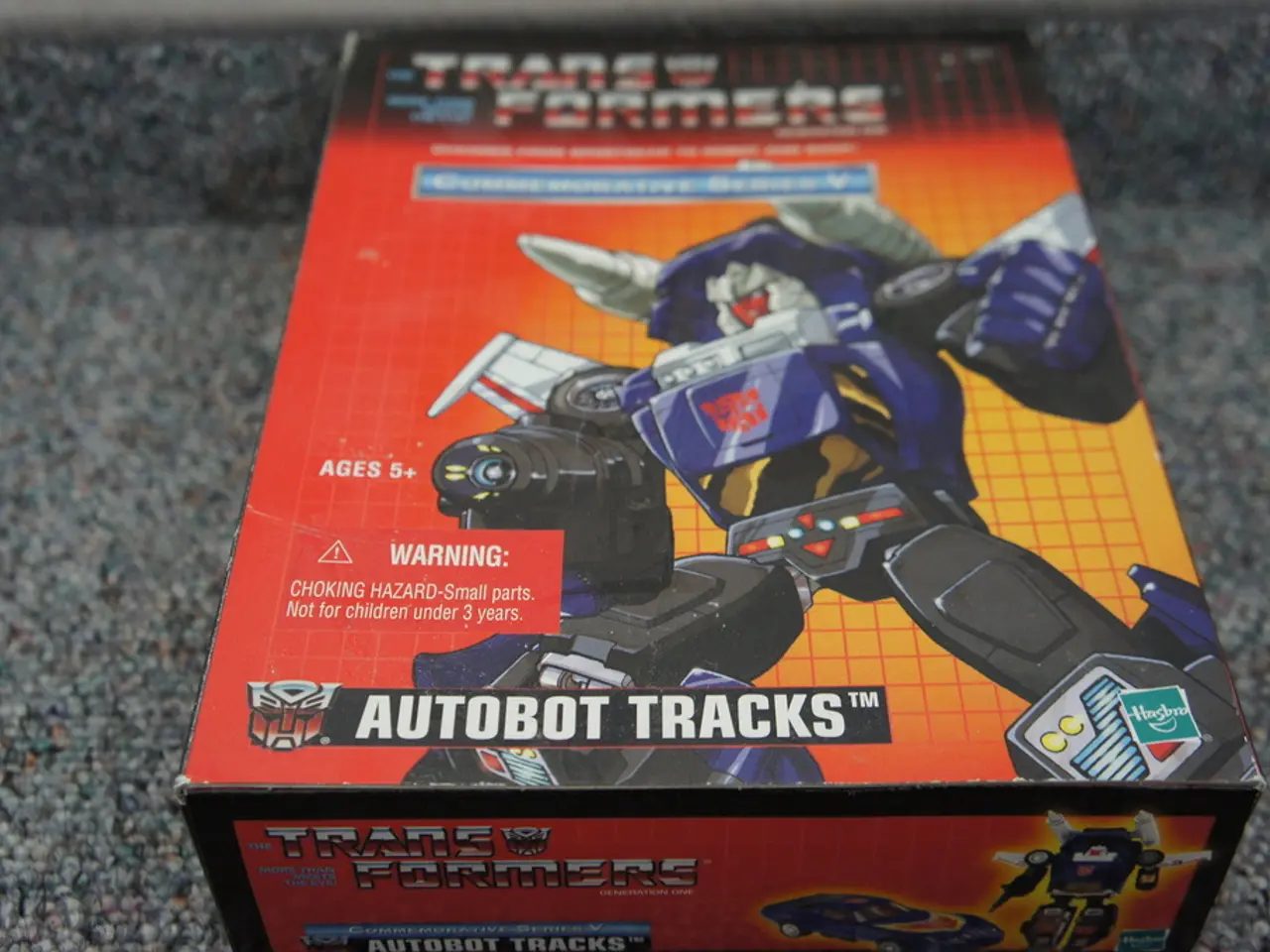Guide on Integrating a Media Downloader in Next.js
**Integrating a Media Downloader in Your Next.js Project Using react-use-downloader**
In this article, we'll guide you through the process of integrating a media downloader in your Next.js project using the `react-use-downloader` package. This step-by-step guide will walk you through recommended project structure, installation, and the creation of a custom download button component.
**Step 1: Install Dependencies**
First, ensure you have Node.js installed and create a Next.js project if you haven't already. Then, install the required package:
```bash npm install react-use-downloader ```
**Step 2: Project Structure**
A typical Next.js project structure for this use case is as follows:
``` my-next-app/ ├── app/ │ ├── page.js # Main page (or another route) ├── components/ │ ├── DownloadButton.js # Custom component for download ├── package.json ```
**Step 3: Create a Download Button Component**
Create `components/DownloadButton.js`:
```jsx import React from 'react'; import { useDownloader } from 'react-use-downloader';
export default function DownloadButton({ fileUrl, fileName }) { const { download } = useDownloader();
const handleDownload = () => { download(fileUrl, fileName); };
return ( ); } ```
**Step 4: Use the Download Button in a Page**
**App Router Example (`app/page.js`):**
```jsx import DownloadButton from '@/components/DownloadButton';
export default function Home() { return ( ); } ```
**Pages Router Example (`pages/download.js`):**
```jsx import DownloadButton from '../components/DownloadButton';
export default function DownloadPage() { return (
); } ```
**Summary Table**
| Step | Location/Filename | Purpose | |------|----------------------------|-------------------------------------------| | 1 | Terminal | Install react-use-downloader | | 2 | components/DownloadButton.js| Custom reusable download component | | 3 | app/page.js or pages/*.js | Page using DownloadButton component |
**Key Notes**
- Handling CORS: The server hosting the media must allow downloads (no CORS restrictions). - Next.js Compatibility: The example works for both App Router and Pages Router. - Custom Styling: You can style the button with Tailwind, CSS modules, or any other method. - Edge Runtime: If you use the Edge runtime, ensure the package is compatible.
This approach lets you quickly add a media downloader in your Next.js app using `react-use-downloader` and its simple hook-based API. With this guide, you can now easily add media download functionality to your Next.js projects.
Technology, such as the package, enables developers to integrate a media downloader in their Next.js projects. Specifically, this guide shows how to create a custom download button component and use it in a page, allowing media files to be downloaded smoothly.




